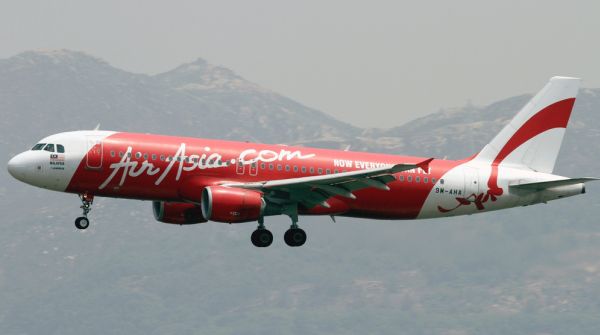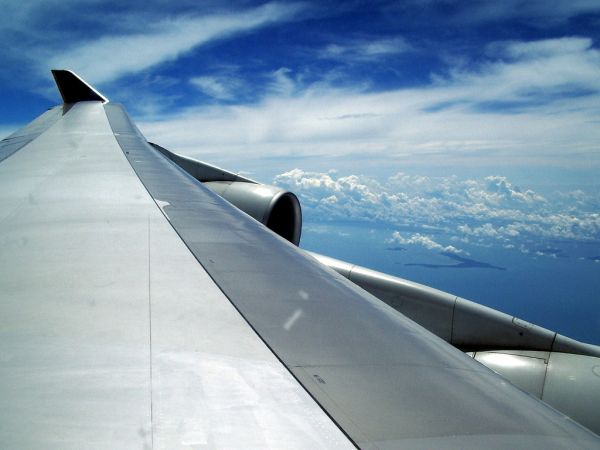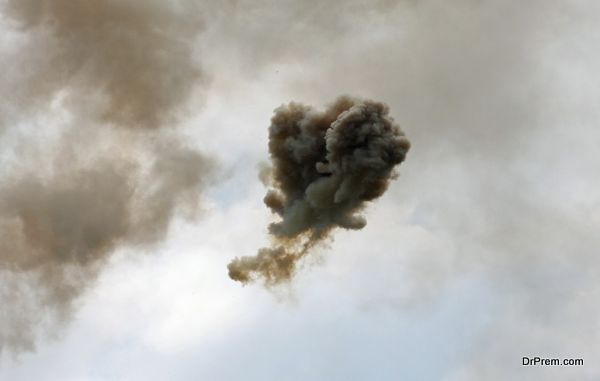2014 came to an end with yet another flight, the AirAsia QZ8501, vanishing over the Java Sea as it was traveling from Indonesia to Singapore. This marks the third plane in the region to have suffered a similar fate in the last year alone. While two of the three flights were reported to have crashed without any survivors, the other one disappeared without a trace and remains untraceable.

While some may call these three accidents are mere coincidence or just plain bad luck, it does shed some light on the various issues related to flying in and around South East Asia, a region notorious for bad weather, high mountain peaks and some rather tough approach paths. A closer look at these facts would point out to some rather alarming trends indeed, some of which are discussed below.
Entry of low cost carriers increases risk of crashes

The Southeast Asian air market has opened up to embrace several low cost carriers in recent years. This has led to several more flights operating in the region, with air traffic controllers being stretched to their limits at times. AirAsia for instance, is one of the first low cost carriers in the region. In 2013, the company placed an order for 234 Airbus planes and added another 10 to the list last year. And that is just one carrier. With the number of carriers increasing in the region, there is no doubt that the risk of crashes and other similar events would increase.
Inexperienced staff hired to meet demands

The increase in the number of flights operated by the carriers would automatically create more demand for pilots and other air personnel. This demand has in turn, led to many carriers inexperienced people for operations. Considering the chaotic weather conditions and dangerous terrain in the region, it would take only an experienced pilot to handle an aircraft properly over this region.
So while the pilot flying the AirAsia flight which crashed recently, had about 6000 hours of flight experience, one wonders whether he had enough experience to handle the flight at 34000 feet, the designated height he was trying to reach in order to avoid the bad weather. Higher altitudes will make navigation more difficult owing to thin air and ice crystals.
Then there is also the case of many carriers overworking their pilots and crew in order to meet the demands for more flights. This has led to many a pilot falling asleep on the job, putting his life as well as the lives of all the passengers at risk. There have also been instances of pilots being arrested for using crystal methamphetamine, a substance that acts as a stimulant and keeps them awake and alert for longer periods.
Flight statistics say the picture is not so bleak

Although 2014 was considered as the worst year in aviation history, flight statistics recorded over the years indicate otherwise. The year has seen the lowest number of flight crashes in over 80 years. There were 111 recorded crashes this year, matching the number of crashes in 1927. This clearly indicates that flying is safer today than it was before.
Fatalities high

With the possibilities of everyone on board the crashed AirAsia flight dying, the number of victims of aviation disaster rose to 1320; the highest number since 2005. Experts believe that 2014 was one of the less safe years in aviation history with regards to air crash fatalities. 2013 saw 265 people die in air crashes around the world, making it one of the safest years since 1945.
Asia’s aviation industry faces rough year

2014 was not kind to Asia, which faced the most flight crashes and fatalities last year. It began with the Malaysia Airlines, a company known for its excellent safety record, losing one of its planes, the MH370. The flight has still not been found after nine months, even as some say it might be sitting somewhere at the bottom of the Indian Ocean. It was then the turn of another Malaysia Airlines, the MH17 which was shot down near Eastern Ukraine.
AirAsia also enjoyed an excellent safety record until the recent crash of its airlines in the Java Sea. The same can be said for two other flights, the TransAsia Airways Flight 222 which crashed and killed 48 people on board, as well as the Air Algerie Flight 5017 that crashed en route to Algeria, killing 116 on board.
The skies are still safe

Airline crashes, however few there may be in year, tend to create headlines. However, when compared to road fatalities, one can clearly say that the skies are still the safest way to travel. Each year, over 1.5 million people die due to road accidents, a figure that makes 1320 look miniscule in comparison. And when compared to the thousands of people who are flying around the world every day, this can be considered as a relatively low rate.
Summary
The recent crash of AirAsia flight in the Java Sea has shed light on the many issues that plague air travel in Southeast Asia. The year has been bad for air travel in Asia, although many believe that it is negligible when compared to the road accidents that claim millions of lives every year.



